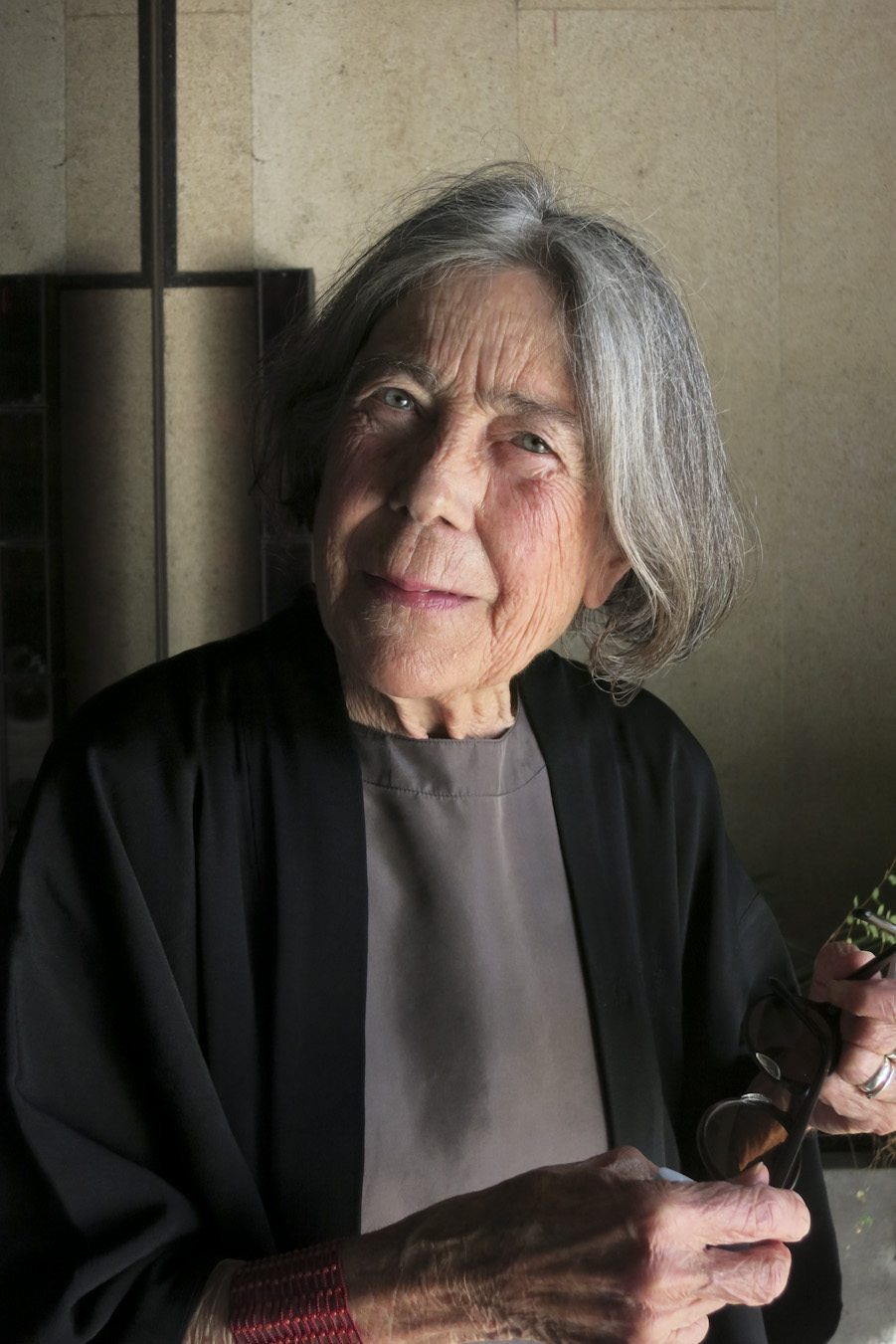Lourdes Castro, a prominent Portuguese artist celebrated for her innovative use of silhouettes and shadows, passed away this past Saturday at the age of 91. Her death marks the end of a remarkable career that spanned several decades and left an indelible mark on contemporary art.
Early Life and Career
Lourdes Castro was born in 1930 in Funchal, Madeira, Portugal. She initially gained recognition for her lyrical abstraction works, a style that emerged during the postwar period. Her early career was marked by her involvement with the KWY artist group, which she co-founded with her then-husband René Bértholo. The group was influenced by movements such as Nouveau Réalisme, Fluxus, and Lettrism, and aimed to reconcile art-making with social change.
Transition to Silhouettes and Shadows
In the mid-1960s, Castro began to focus on silhouettes, a theme that would come to define her career. She created works by printing plants on sun-sensitive paper and drawing the outlines of figures on walls. Her fascination with the symbolism of the double led her to explore shadow plays, a form of entertainment that became popular in 18th century Europe.
Shadow Theater and Collaborations
Castro’s interest in shadows extended to shadow theater, a medium she explored in collaboration with her longtime partner, artist Manuel Zimbro. Using a curtain, a few lights, and her body, Castro created performances that involved tracing her own shadow. These works were a testament to her innovative spirit and her ability to transform simple materials into profound artistic expressions.
Later Works and Legacy
As her career progressed, Castro’s works grew more ambitious. She considered the plot of land where she lived in Madeira a canvas that she co-authored with nature and Zimbro. In the documentary Through Shadows (2010), directed by Catarina Mourão, Castro reflected on her lifelong artistic journey, stating, “I carry on painting. A picture. Just one. It’ll never be finished. Even when I’m gone it’ll paint itself.”
Lourdes Castro’s death is a significant loss to the art world, but her legacy lives on through her innovative works and the impact she had on contemporary art. Her exploration of silhouettes and shadows continues to inspire artists and art enthusiasts around the world.













